30 Government Funded 4G Mobile Mast Upgrades Now Live Across Wales
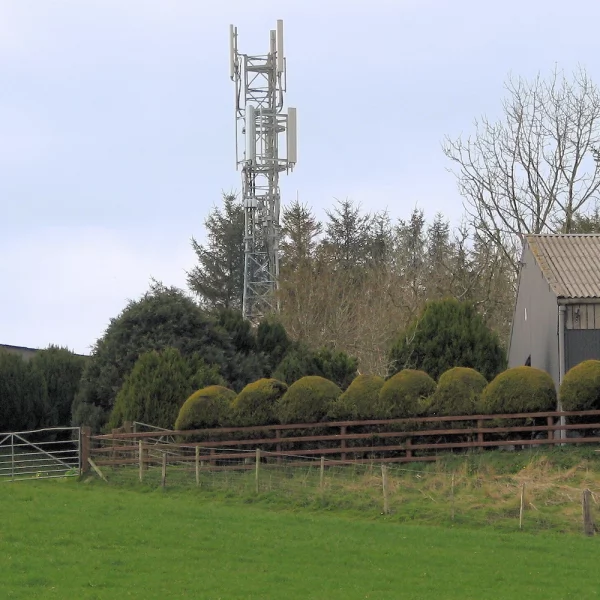
The UK Government has this morning revealed that a total of 30 publicly-funded rural 4G (mobile broadband) mast upgrades have now gone live across Wales as part of the industry-led £1bn Shared Rural Network (SRN) project, which recently succeeded (here) in extending geographic 4G coverage from at least one operator to 95% of the UK (aggregate).
The SRN – originally supported by £501m of public funding from the government and £532m of private investment from UK network operators – involves both the reciprocal sharing of existing masts in certain areas and the demand-led building and sharing of new masts in others between the operators.
Most of the early work on this project typically involved private investment from the main mobile network operators, but over the past two years we’ve also seen government-funded mast upgrades and new site builds taking place in other parts of the country. A total of 56 mast upgrades have now gone live across the UK via government funding, and 30 of those are in Wales.
Advertisement
This phase of the work focuses on the part of the SRN that sees the government providing a total of £184m from their pot to the Home Office and mobile network operators, which is helping to upgrade Extended Area Service (EAS) masts being built as part of the 4G Emergency Services Network (ESN) – these masts previously only connected EE customers and anyone making 999 calls. But the upgrade means that all mobile operators can now benefit from these sites.
Residents, local businesses and community organisations in areas including Llangernyw, Pandy Tudur, Gwytherin, Cwmystwyth, Llanymawddwy, can now take advantage of better mobile connectivity (inc. over 2,500km of roads across Wales). These activations also bring enhanced connectivity to the Bannau Brycheiniog National Park, Eryri National Park and Areas of Outstanding Natural Beauty, including Wye Valley and Bryniau Clwyd a Dyffryn Dyfrdwy.
Secretary of State for Wales, Jo Stevens, said:
“Funded by UK Government investment, 30 new sites in Wales now have fast and reliable mobile internet access in areas which were previously poorly served. Reliable connectivity improves every aspect of day-to-day life in rural Wales and makes a huge difference for local businesses, residents, and visitors.
This is an important step forward in our mission to kickstart the economy and unlock opportunity in rural areas across Wales.”
Since the SRN programme began in 2020, an additional 34,000 square kilometres are now receiving 4G coverage from all four operators (inc. an additional 280,000 premises and 16,000km of the UK’s roads) – EE, Three UK, O2 and Vodafone across the UK.
4G Mobile Coverage (SRN) Progress – 29th June 2025
Advertisement

Mark is a professional technology writer, IT consultant and computer engineer from Dorset (England), he also founded ISPreview in 1999 and enjoys analysing the latest telecoms and broadband developments. Find me on X (Twitter), Mastodon, Facebook, BlueSky, Threads.net and Linkedin.
« Virgin Media O2 Connect 1,000 Residents in Newcastle to Free Internet





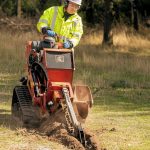
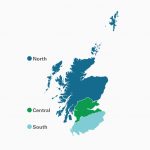





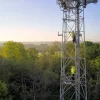
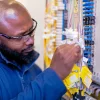







































I’d really like to know whether operators were obligated to cover those areas when they obtained their frequency reservations. If they were, then why is my money being spent on a private business that is making enough profit to fulfill this obligation? Why didn’t the government fine them +100 million each in fines for failing to do so?
Man tilts at windmills